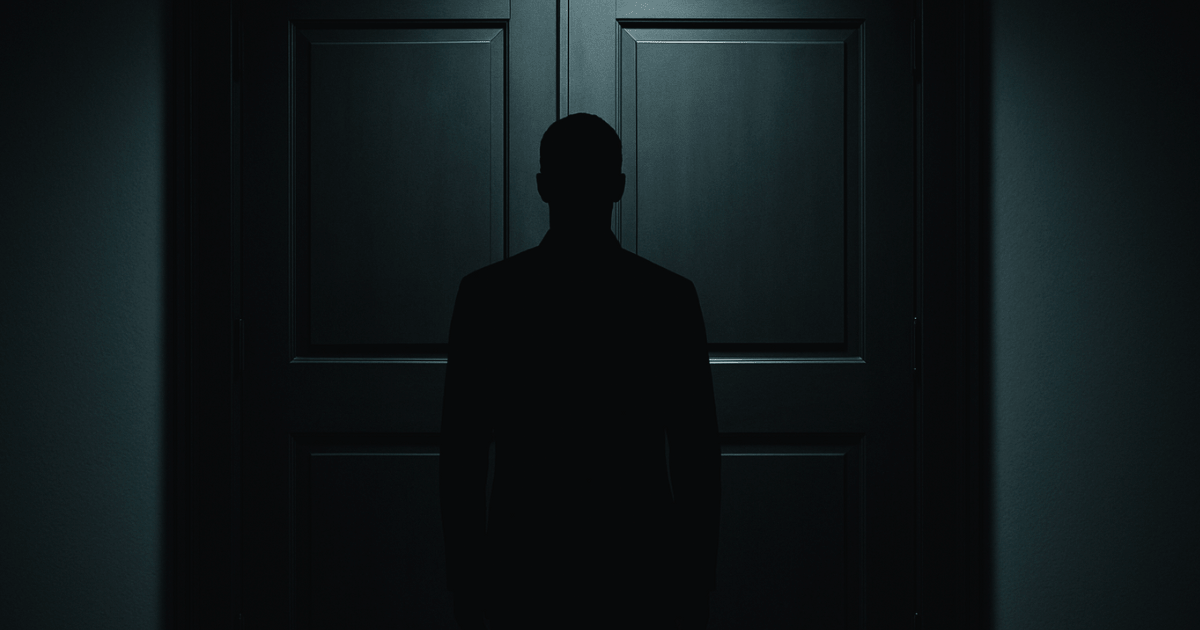When workers were tearing down buildings on Jerusalem’s Mamilla Avenue, they were careful not to destroy the masonry blocks. That’s because many of them were to be used again in reconstructing those same buildings on a new pedestrian mall.
To aid in the rebuilding of this jigsaw puzzle-like project, numbers were painted on each large brick. But as it turned out, these numbers didn’t just serve a practical purpose.

Fashionable locals like to photograph themselves in front of one of the numbered buildings on Mamilla Avenue. Photo by Diane Slawych.
The Israeli-Canadian architect in charge of the project, Moshe Safdie, had set out to integrate the old architecture with the new. Many of the existing buildings dated from the 1800s. One day Safdie got the idea of an unconventional way to illustrate, in a public way, the preservation efforts that were being undertaken. Rather than have the numbers on the bricks hidden from view or sandblasted off after reconstruction, they would remain in place and be positioned outwards to become part of the structure’s façade.
The renovated Mamilla Avenue, completed in 2008, is now a popular open-air pedestrian promenade with 140 shops, (including high-end international chains and Israeli designer boutiques), cafes and restaurants on a 600-metre stretch near the historic Jaffa Gate.
Several of the low-rise buildings are completely new. Of the historic structures, about half a dozen display the numbered bricks. They typically garner curiosity among visitors and sometimes serve as a graffiti-like backdrop for selfie-obsessed hipsters.
Perhaps one of the best-known reconstructed buildings with numbered bricks on its façade is the Stern House. Originally a two-storey private home, it was built during Ottoman rule in 1877. The founder of Zionism, Theodor Herzl, lodged overnight here during his visit to Jerusalem in 1898. The structure now contains a bookstore, an outdoor cafe and a small museum.
Mamilla Avenue has a storied past. After the 1948 Arab-Israeli War, part of it lay in ruins. Then, for about four years, it became a no man’s land, before immigrant families moved in and occupied the derelict buildings. At one time, at the end of the 19th century, the avenue was a fashionable district and now it has become so again.
Outside along the promenade, changing art and sculpture exhibits (most of which are for sale) amuse passersby. During the summer and Jewish holidays, the mall hosts free concerts and street performances. At night, white lights strung above the promenade add a festive air.
Safdie is satisfied with the result and so, it seems, are many citizens and visitors.
In this project, it seems, all the numbers add up.
Diane Slawych is a contributing writer for REM.













